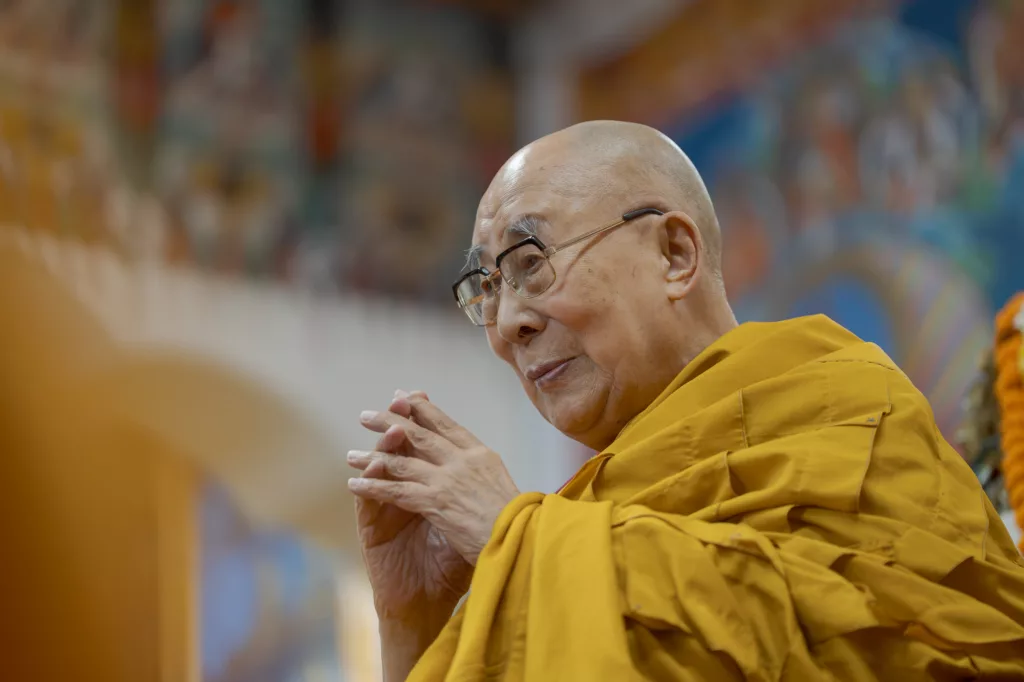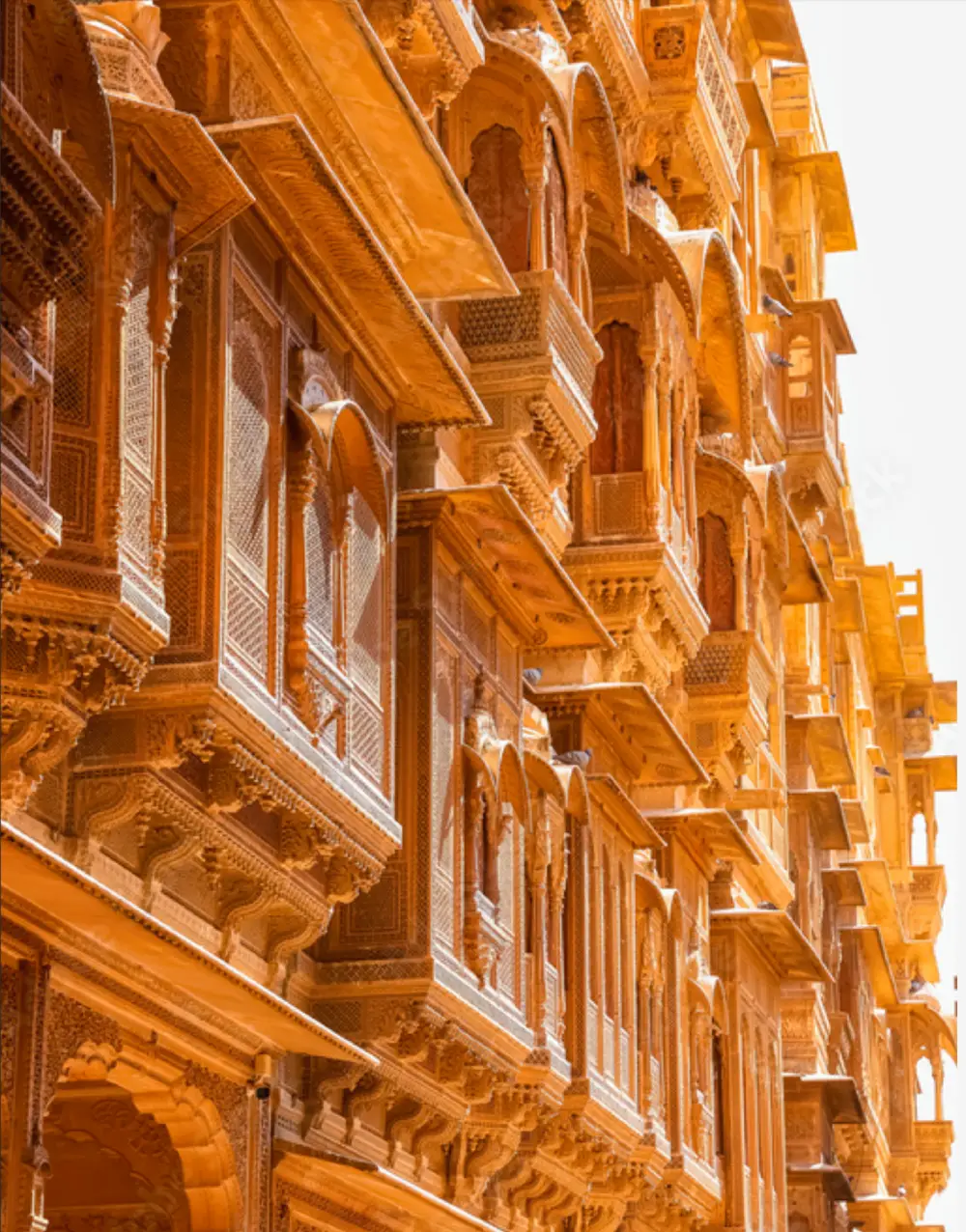
The Dalai Lama, one of the world’s most revered and beloved figures, turns 90 today. As tributes pour in, he has written a birthday note on the social network X, drawing attention to “ancient Indian wisdom” and “Tibetan heritage”, which combine to create a better world.
In the X post published last night, the Buddhist spiritual leader wrote: “On the occasion of my 90th birthday, I understand that well-wishers and friends in many places, including Tibetan communities, are gathering for celebrations. I particularly appreciate the fact that many of you are using the occasion to engage in initiatives that highlight the importance of compassion, warm-heartedness, and altruism.”
The post by the Dalai Lama said: “I am just a simple Buddhist monk; I don’t normally engage in birthday celebrations. However, since you are organizing events focused on my birthday I wish to share some thoughts.”
While it is important to work for material development, it is vital to focus on achieving peace of mind through cultivating a good heart and by being compassionate, not just toward near and dear ones, but toward everyone. Through this, you will contribute to making the world a better place.
The Dalai Lama in his 90th birthday message on X
He then wrote: “As for myself, I will continue to focus on my commitments of promoting human values, religious harmony, drawing attention to the ancient Indian wisdom which explains the workings of mind and emotions, and Tibetan culture and heritage, which has so much potential to contribute to the world through its emphasis on peace of mind and compassion.
“I develop determination and courage in my daily life through the teachings of the Buddha and Indian masters such as Shantideva, whose following aspiration I strive to uphold.
As long as space endures,
As long as sentient being remain,
Until then, may I too remain
To dispel the miseries of the world.”
The Buddhist leader concluded the note by saying: “Thank you for using the opportunity of my birthday to cultivate peace of mind and compassion.
Tashi Deleg and with prayers,
Dalai Lama
5 July 2025”
Journey of a Tibetan toddler to the great spiritual seat
Lhamo Dhondup was not yet 2 years old when he would pack up his things in a bag, as if about to embark on a long journey, and exclaim, “I am going to Lhasa!”
It didn’t appear anything more than a child’s curious play to his farming parents until a group of learned men appeared at their doorstep in the small village of Taktser in northeastern Tibet in the late 1930s.
The intrigued Buddhist monks didn’t take too long to identify the toddler as the reincarnation of the 13th Dalai Lama through tests that involved recognising belongings of his predecessor.
Soon afterwards, the boy did embark on a long journey away from home that lasted a lifetime and took him from being a child to the spiritual leader of millions.
He is 90 today, the 14th Dalai Lama, the man with the broad smile and crinkling eyes who is amongst the most recognised faces anywhere in the world.
Also read: Dalai Lama confirms successor will be chosen by Gaden Phodrang Trust
The Dalai Lama, later named Tenzin Gyatso, was born on 6 July 1935 in a Tibet struggling to maintain its sovereignty against its neighbour China and eventually losing it in 1951.
As thousands gather in the small hill town of Dharamshala (in the northern Indian state of Himachal Pradesh), now the headquarters of the Tibetan government-in-exile, to celebrate the day, the world continues to look at him not only for spiritual guidance but also as a means to end geopolitical tensions in the region.
The Dalai Lama, arguably the most popular in the 700 years of the institution, has kept the tenets of Buddhism alive and thriving, and he has also kept up a constant ideological fight for the independence of his homeland.
Apart from religious harmony, non-violence, and democracy, he has been an advocate of LGBTQ rights, women’s rights, and voiced concern for environmental problems as well as for the displaced Rohingya Muslims.
The Dalai Lamas are believed by Tibetan Buddhists to be manifestations of Avalokiteshvara or Chenrezig, the Bodhisattva of Compassion and the patron saint of Tibet.
Tenzin Gyatso started his monastic education at the age of 6 that was derived from the Nalanda tradition and involved studying logic, fine arts, Sanskrit grammar, medicine, and Buddhist philosophy. He also studied poetry, drama, astrology, composition, and synonyms, according to his website.
The journey for the young monk was full of perils. As news arrived of Chinese troops advancing towards Lhasa in November 1950, a call was raised to give the Dalai Lama full temporal power, five years before the custom would have required him to do so.
“There were two schools of thought: one consisted of people who looked to me for leadership in this crisis; the other, of people who felt that I was still too young for such responsibility. I agreed with the latter group, but, unfortunately, I was not consulted,” wrote the Dalai Lama in one of his autobiographies, Freedom in Exile.
At the age of 15, Tenzin Gyatso became the ruler of Tibet, a country of nearly six million people on the verge of war with China.
The next decade was of political unrest. Even though China had taken over Tibet on May 23, 1951, under the Seventeen Point Agreement, it allowed the Dalai Lama to rule the nation internally.
In March 1959, protests erupted in Lhasa in support of the Dalai Lama and calling for the reversal of the 1951 China annexation of Tibet.
The circumstance led the Dalai Lama to escape to India, where he was given political asylum by the Jawaharlal Nehru government and later allowed to run the Tibetan government-in-exile from McLeodganj, close to Dharamshala.
More than six decades later, he is the cheerful face of the movement, a religious leader who combines in his persona spirituality and elements of statecraft.
Even though he maintained his stance for a peaceful existence for all in his public addresses, the Dalai Lama has suggested a moderate approach towards China.
He has advocated a non-violent strategy for resolving the issue of Tibet, pressing for genuine autonomy for Tibetans within the framework of the Chinese Constitution, rather than seeking full independence.
In March 2008, when protests erupted in different parts of Tibet against the Chinese government’s alleged ill-treatment and persecution of Tibetans, the Dalai Lama appealed to the Chinese people across the world to support his call for the end of the brutal crackdown inside Tibet.
“Concerned about the danger of rising enmity between Tibetans and Chinese, I also suggested to Tibetans living in different parts of the world to establish Sino-Tibetan Friendship Associations. Such associations could extend invitations to Chinese living in the same city to Tibetan festivals and celebrations and to share meals together,” he wrote in his latest autobiography, Voice for the Voiceless.
The Tibetans in exile, led by the Dalai Lama, also presented a formal document entitled “Memorandum on Genuine Autonomy for the Tibetan People” to China in 2008.
“We reiterated our commitment not to pursue separation or independence but instead a solution to the Tibetan issue through seeking genuine autonomy compatible with the principles of autonomy in the Constitution of the People’s Republic of China,” wrote the Dalai Lama.
Over the years, the Dalai Lama has maintained that for the autonomy of Tibet to be genuine, it “needed to include the right, within the People’s Republic of China, to self-government on the local level”.
Again in 2017, the Dalai Lama reiterated his approach to the Tibetan issue at an interactive session in Delhi organised by the Indian Chamber of Commerce. “The past is past. We will have to look into the future. We are not seeking independence… We want to stay with China. We want more development,” the Tibetan spiritual leader had said.
In May 2011, the Dalai Lama announced complete retirement from his political position, making way for a democratically-appointed leadership.
The Buddhist leader received the Nobel Peace Prize in 1989 “for advocating peaceful solutions based upon tolerance and mutual respect in order to preserve the historical and cultural heritage of his people”.
He was also awarded the 1959 Ramon Magsaysay Award for community leadership and the US’ Congressional Gold Medal in 2007.
Putting an end to speculation about his successor, he said categorically this week that the sacred institution of the Dalai Lama will continue and only the Gaden Phodrang Trust will have the authority to recognise his future “reincarnation”, declaring that no one else can interfere in his succession plan.
The Gaden Phodrang Trust was founded by him in 2015 to oversee matters related to the institution of the Dalai Lama.
China has rejected the Tibetan spiritual leader’s succession plan, insisting that any future heir must receive its seal of approval, adding a new chapter to Tibetan Buddhism’s decades-long struggle with the ruling Communist Party in China.


